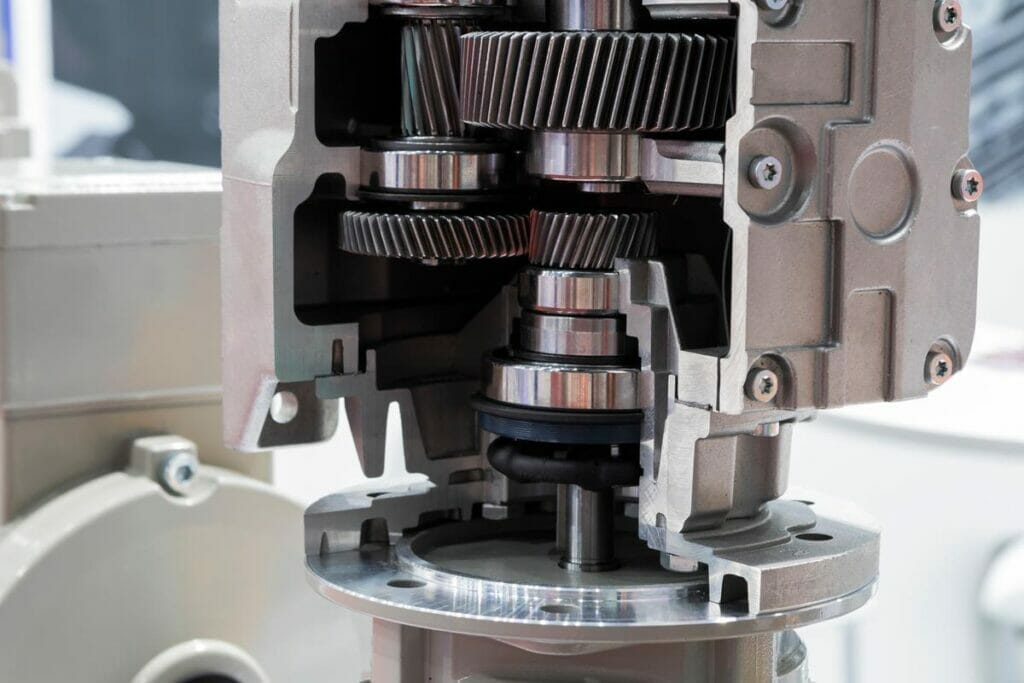Have you ever wondered what causes pump back pressure? In this blog post, we’ll explore the factors that contribute to this common issue in pumping systems. By understanding the reasons behind back pressure, you’ll gain valuable insights into how to minimize its impact and optimize your pump’s performance. Let’s dive in and discover the science behind pump back pressure.

What is Back Pressure
Back pressure refers to the resistance or force that opposes the flow of fluid being discharged by the pump. When the pump is working against a high resistance, such as a partially closed valve or a long, narrow pipe, it creates a pressure buildup on the discharge side of the pump. This increased pressure can cause the pump to work harder, leading to reduced flow rates, increased energy consumption, and potential damage to the pump components.
Causes of Back Pressure
Undersized Components
Undersized piping, valves, and flowmeters can significantly contribute to pump back pressure. When these components are too small for the required flow rate, they restrict the fluid’s movement, causing pressure to build up within the system. This increased resistance puts additional strain on the pump, leading to reduced efficiency and potential damage.
Obstructions and Blockages
Obstructions, blockages, and debris within the pumping system can impede the smooth flow of fluids, resulting in increased back pressure. These blockages can occur due to a variety of factors, such as solid particles, corrosion, or the accumulation of foreign materials.
Fluid Properties
Highly viscous fluids or those with high specific gravity require more energy to move through the system, leading to increased resistance and back pressure. Similarly, elevated fluid temperatures can increase vapor pressure, causing cavitation and further compounding the problem.
System Design Issues
Poorly designed pumping systems can exacerbate back pressure issues. Long pipe runs, numerous bends and elbows, and high elevations can all contribute to increased resistance and pressure build-up.
Malfunctioning Valves
Valves play a critical role in controlling the flow of fluids within a pumping system. Malfunctioning valves, whether due to wear and tear, improper installation, or damage, can restrict flow and cause back pressure to increase.
Flow Rate Fluctuations
When the flow rate suddenly increases, the system may not be able to accommodate the change, leading to a temporary increase in pressure. Conversely, when the flow rate decreases, the pump may continue to operate at a higher pressure, causing strain on the system.
Elevated Fluid Temperatures and Vapor Pressure
As the temperature of the fluid increases, its vapor pressure also rises. Vapor pressure refers to the pressure at which a liquid begins to vaporize at a given temperature. When the fluid’s vapor pressure exceeds the system’s pressure, bubbles form within the pump, leading to cavitation, causing damage to the pump’s internal components and reducing its efficiency.
Controlling and Regulating Back Pressure
- Check for closed valves: Ensure all downstream valves are open to avoid restricting flow.
- Inspect the piping system: Look for blockages, kinks, or collapsed sections in the discharge piping.
- Verify the piping size: Ensure the piping size matches the flow rate and pressure generated by the pump.
- Check for air entrapment: Install air release valves at high points to allow trapped air to escape.
- Adjust the pump speed: Reduce pump speed if it is generating excessive pressure.
- Verify the impeller size: Ensure the impeller diameter matches the pump casing and system requirements.
- Check for worn or damaged pump components: Inspect and replace any worn or damaged parts.
- Verify the suction conditions: Ensure adequate fluid supply at the suction side and check for clogged strainers.
- Consider installing a pressure relief valve: Install a pressure relief valve to release excess pressure if needed.
In conclusion
Pump back pressure is caused by various factors such as clogged filters, closed valves, high fluid viscosity, and improper pump sizing. To prevent these issues, regularly maintain the pumping system and consult with a professional for proper sizing and installation. Contact us for more information on optimizing your pumping system.


